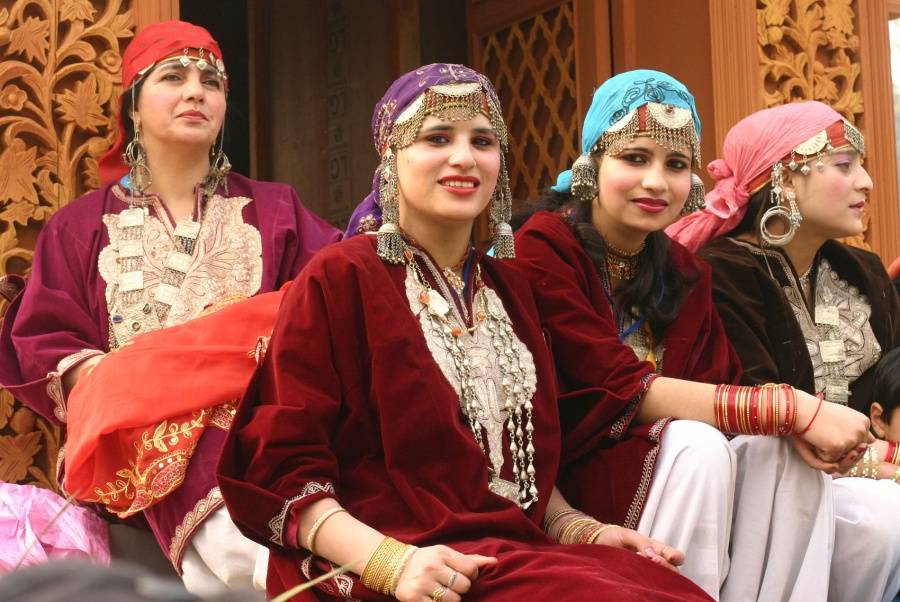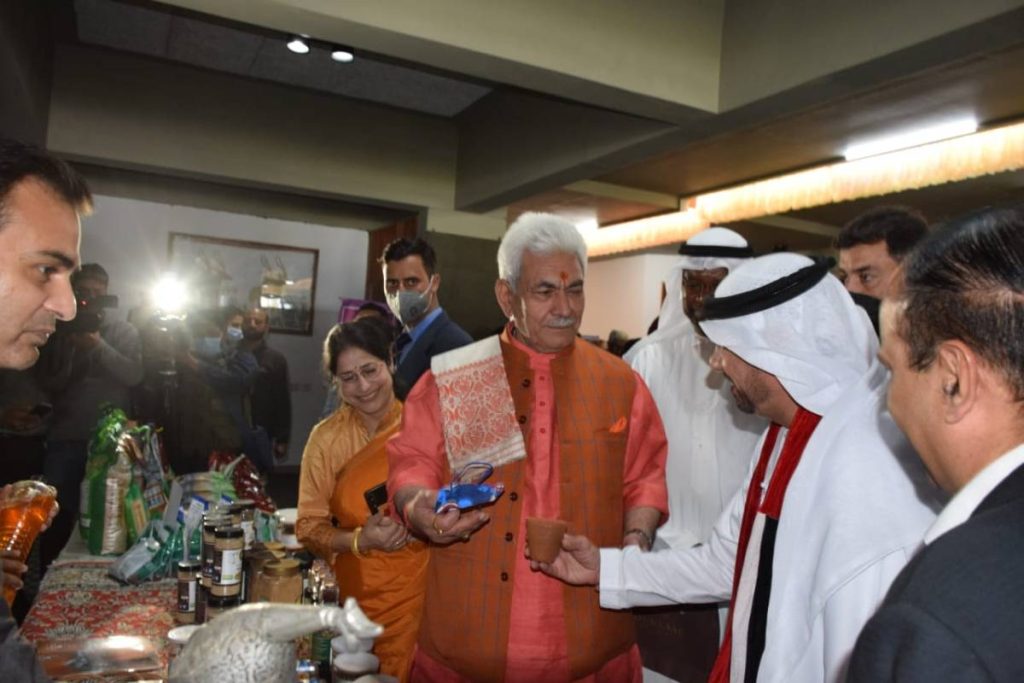The calls for Azadi are fading as people embrace the idea of ‘Naya Jammu & Kashmir’. A special report by Dr Sakariya Kareem. Sectors like industries, service, tourism and agriculture have witnessed a massive boom during the past three years. Women and other deprived sections of society who faced discrimination for decades have gained new confidence. The government has made huge investments to develop infrastructure in the Union Territory
In three years, Jammu and Kashmir has achieved what it couldn’t in 70 years. The development deficit has been addressed, paving the way for the Himalayan region to scale new heights. After August 5, 2019—when the Centre announced its decision to abrogate J&K’s special status and bifurcated it into two Union Territories— J&K’s common man rejected the Pakistan-sponsored propaganda of so-called “Azadi” and embraced the idea of building ‘Naya Jammu and Kashmir.’

Sectors like industries, service, tourism and agriculture have witnessed a massive boom during the past three years. Women and other deprived sections of society who faced discrimination for decades have gained new confidence. The government has made huge investments to develop infrastructure in the Union Territory.
Rupees one lakh crore are being spent on developing new roads, constructing healthcare facilities, schools and colleges, etc.
J&K youth have shunned the labels of being stone-pelters and are contributing towards nation building. They have become the driving force and have emerged as the fountainhead of change. The government has created multiple employment avenues for youth and they are no more worried about their future and careers. The self-employment schemes and the start-up opportunities driven by aptitude, skill and flexi options have opened up a new world for them.
Jammu and Kashmir is fast transforming it into a favourite destination for students, travellers and entrepreneurs. The international students are being invited to J&K for short-term and long-term courses in various disciplines to strengthen the international connection.
The focus has been on strengthening the education sector, and developing knowledge of workers for sectors like industries, agriculture and health care. Efforts have been put to convert knowledge dividends into wealth for the process of innovation and growth.
More than 150 higher education institutions, two central universities, seven state universities, two AIIMS, IIM, IIT, NIT, NIFT, IIMC and two agriculture science and technology universities, Jammu and Kashmir have emerged as favourite destinations for students in India.
The abrogation of Article 370, a temporary provision in the Constitution of India, has brought the Himalayan region closer to the world. People of J&K have witnessed a massive change during the past three years.
Pertinently, in December 2022, Jammu and Kashmir Administrative Council rolled out an “Aspirational Panchayat Development Programme (APDP)” by selecting the most backward 285 Panchayats (one Panchayat in every block) for their holistic development.
Under the APDP scheme the selected Panchayats were provided additional financial assistance of Rs 10 lakhs to expedite the development works. The stakeholders were asked to work on soil health cards, land pass books, Kisan credit cards, Shram cards, 100 percent institutional births,100 percent vaccination of children in the age group of 9-11 months, zero percent out of school children, 100 percent solid waste collection and treatment, Aadhaar seeding with MGNREGA cards and issuance of gold cards under PMJAY SEHAT.
For urban areas the J&K administration launched “Aspirational Towns Development Programme” (ATDP), the Urban Reform Incentive Fund (URIF) to incentivize undertaking of reforms in municipalities, and the assessment framework for rating various local bodies.
Based on the performance of municipalities, as per the prescribed benchmarks the best performing local bodies were given special incentives though additional grant-in-aid in the form of URIF (Urban Reform Incentive Fund) and special funds were provided for building capacities and covering gaps in these municipalities.
By strengthening Panchayats and ULBs the government has taken democracy to the grassroots. Besides providing funds to these bodies the government has made them equal partners in the decision making process in J&K.

Development Schemes
The government during the past three years has worked hard to ensure that the aspirations of the people get fulfilled. The ambit of the development has been widened to allow the benefits of all the government schemes to reach the last man in the queue.
For 70-long years people of Jammu and Kashmir were told by their leaders that Article 370 is a shield which provides them with special privileges and identity. However, after 2019, it has been proven beyond doubt that J&K people didn’t enjoy any special rights and were deprived of the benefits which they were entitled to.
The change in J&K’s status-quo has ushered a new-era of prosperity and it’s for the first time since 1947, the people are reaping the dividends of democracy and being a part of the welfare state.
Till 2019, confusion and chaos prevailed in the Union Territory. Kashmir based mainstream leaders and Pakistan sponsored separatists left no opportunity to create uncertainty over J&K’s accession to the Union of India. For some it was an “unsettled agenda of partition” while for others J&K’s merger with the Union of India was temporary.
Soon after Narendra Modi took over as the Prime Minister of India in 2014, he made it clear that all the confusions surrounding J&K will be cleared during his tenure.
PM Modi and his team after completing the groundwork took a big decision to integrate J&K with the Union of India completely.
The task was assigned to Union Home Minister, Amit Shah, who introduced the Bill in the Parliament to scrap the controversial Article 370 and reorganize Jammu and Kashmir.

LG Sinha’s Leadership
After August 5, 2019 J&K has witnessed an unprecedented development in all the sectors. The dispensation led by J&K Lieutenant Governor, Manoj Sinha, has worked relentlessly to fulfill all the promises that were made to people by PM Narendra Modi and Union Home Minister Amit Shah.
‘Naya Jammu and Kashmir’ has been built and a common man has been the biggest beneficiary. As of date only a few rejected leaders are talking about getting Article 370 back. The citizens of J&K are not interested in their pep-talks as they have understood that they have become a part of “New India” and have embarked on a journey to achieve new milestones.
Panchayats and local bodies have become integral parts of the governance system. The grievance cells set up by the government are promptly addressing the issues of people. Politicians, who used to make people wait for months and years to resolve their issues, have become irrelevant in the new set up.
Besides filling up the governance deficit the government has filled in the void by bringing people closer to the system. The peace is returning and J&K’s lost glory has been restored. The pro-people initiatives have scripted a new chapter in the history of Jammu and Kashmir.

